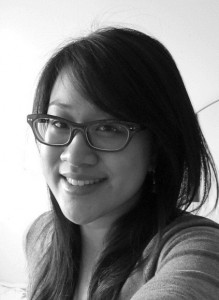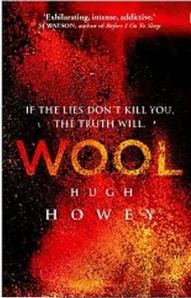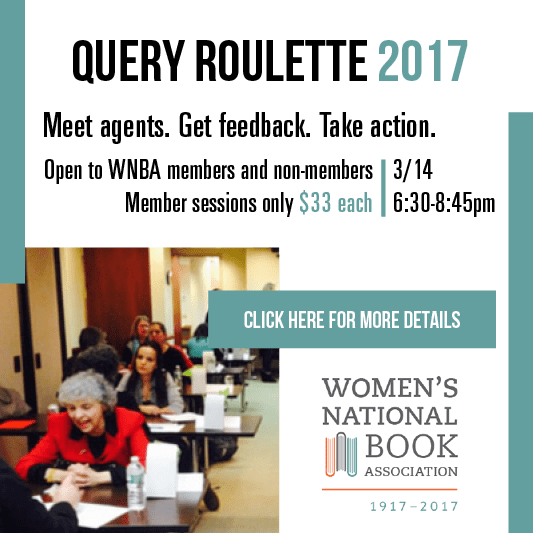By Pauline Hsia
 It used to be the case that writers had to find agents to represent them, and agents would then approach editors to publish their clients’ work. With the emergence of self-publishing in the digital age, traditional publishing is not the only route authors can take these days.
It used to be the case that writers had to find agents to represent them, and agents would then approach editors to publish their clients’ work. With the emergence of self-publishing in the digital age, traditional publishing is not the only route authors can take these days.
As Gila Green mentioned in her post, self-publishing is no longer looked on as “desperate” publishing, but is reluctantly being embraced by the industry due to successful precedents.
After surveying 5,000 authors, Phil Sexton of F+W Media revealed at the fourth annual Digital Book World (DBW) Conference how authors view the industry. Authors were either categorized as self-published, traditionally published, or hybrids (both self-published and traditionally published).
In comparison to self-published and traditionally published authors, hybrid authors are found to invest more time in social media (Facebook, Twitter, Goodreads, blogs, etc.). In the past, publishers mainly marketed their books and authors. Currently, authors not only assist in promotion on social media, but are seen as marketing partners—arranging speaking engagements and brainstorming sales plans.
It’s also interesting to note that hybrid authors have higher annual incomes and believe traditional publishers offer less money and move too slowly. Based on the data, they also believe self-publishing is pushing traditional publishing to be better 50% of the time. Hybrid authors are the most satisfied with their careers.
 Hugh Howey, author of Wool, is a successful self-published author who eventually found a traditional publisher for his books—print-only. According to the author and his agent, Kristin Nelson, at the DBW Conference, Howey was raking in $50,000 to $150,000 per month as a digital self-published author. His agent admitted that the author was doing perfectly fine on his own in selling his books in the US market.
Hugh Howey, author of Wool, is a successful self-published author who eventually found a traditional publisher for his books—print-only. According to the author and his agent, Kristin Nelson, at the DBW Conference, Howey was raking in $50,000 to $150,000 per month as a digital self-published author. His agent admitted that the author was doing perfectly fine on his own in selling his books in the US market.
After the Wool series gained much success and momentum, Simon & Schuster offered Howey a $2 million contract, and his agent also secured him several foreign deals and a Hollywood contract with 20th Century Fox.
Cases like this shift the view of self-publishing from desperate publishing to author-empowered publishing. Now more than ever, authors have the option to create, develop, and distribute their writing through different channels, whether it be self-publishing, traditional publishing, or both.
The traditional linear model is becoming the yellow pages of publishing, where each player’s role is evolving or has already evolved. However, no matter how authors choose to publish, it’s still vital for authors to learn how to be digitally savvy in order to build their online fan community and understand the next steps to e-publishing.
Pauline Hsia is the Literary Agent Assistant at Doris S. Michaels Literary Agency in New York. She is a member of the Women’s National Book Association, Association of Author’s Representatives, and Young to Publishing Group.





Thanks for this concise and clear post! I would like to see better communication between busy agents and the writers who query them. Business relationships and better books are made person to person, and the all too common current practice of ignoring writers and hoping they will go away and self-publish, may lead to loss on their part. Good for Wool series author!
Yes, as Sheila says, thanks for this informative post. I’d not known that “hybrid authors” was a term that’s out in the publishing world. Interesting to think about–the new model and the old model existing side-by-side.
Would love to hear of other successful hybrid authors, if anyone knows.